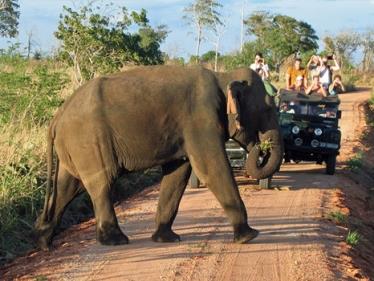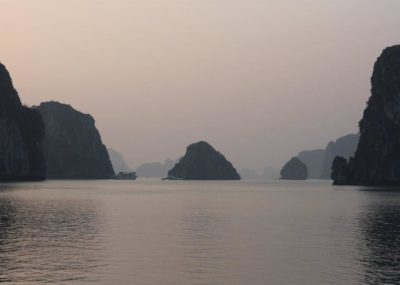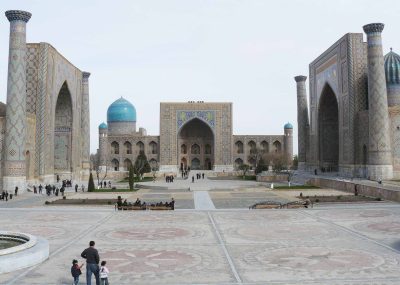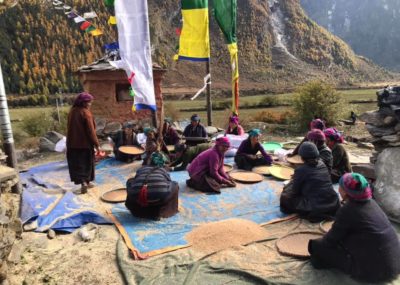
-
Departure:
April 2025 -
Duration:
17 Days -
Cost:
$4800 per person twin share (single supplement $1500) -
Itinerary:
Ayubowan! With this beautiful traditional greeting, you begin your Women’s Only Sri Lanka Tour. On arrival, you will meet your fellow female travellers as well as your Sri Lanka National guide at the Bandaranaike International Airport (Colombo). This trip is jam-packed with safaris, local cuisine, day treks and cultural experiences. This women’s Sri Lanka trip is truly unique. In fact, we think it’s the perfect way to experience the richness of this stunning island country.
As part of your tour, you and your fellow adventurers will trek through the spectacular cloud forest at World’s End at Horton Plains and the pristine Sinharaja Rain Forest! Furthermore, your Sri Lanka Wildlife Tour includes a cultural and historic walking tour of the massive Dutch colonial Galle Fort. While here, you will explore its alleyways, museums boutique shops and cafes.
Along the way you are likely to see an abundance of wildlife including leopards, elephants, bears, crocodiles and birdlife as you explore Sri Lanka’s largest National Parks. Not to mention the opportunities to tuck into delicious traditional Sri Lankan dishes (and learn some skills yourself!).
Sri Lanka Wildlife Tour Highlights
- All female travel companions, with a maximum of 12 participants to ensure that your entire experience is intimate and no one gets lost in the crowd.
- Multiple Safaris at Wilpattu, Minneriya and Udawalawe National Parks
- Wildlife photography introduction with your private expert naturalist/wildlife photographer,
- Anuradhapura sightseeing
- Learn to cook Sri Lankan style
- Sinharaja Rain Forest Trek (UNESCO World Heritage Site)
- Galle Fort walking tour
For more information download our full itinerary.
Difficulty: This tour is relatively easy-going, with plenty of time to relax along the way. While there will be some walking tours we will be in no rush. For more general information on what to expect visit our Adventure Travel FAQ.
Did you know? Sri Lanka is home to one of the highest rates of biological endemism (16% of the animals and 23% of flowering plants are endemic) in the world.
What Our Adventurers Say: Check out their experiences here.



